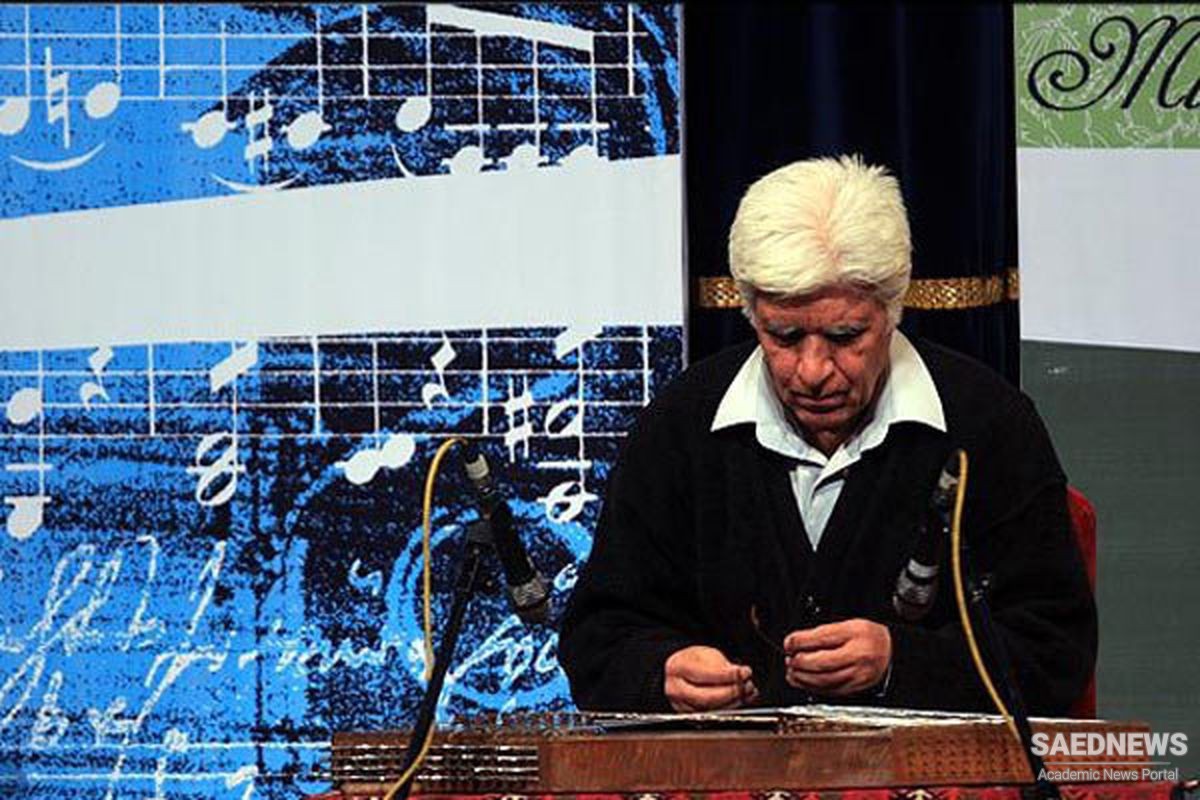The most likely is that the name refers to the rast system of tuning, as opposed to chap, a tuning one fourth lower. Another possibility is that of two versions of Panjgah, Rast Panjgah is the true or correct version. Finally, the appellation Rast might refer to the medieval Arabian melody type of that name.
The scale of Rast Panjgah is identical with that of Mahur, that is, the Western major scale. Evidence of the weakness of the tradition is the scarcity of musical examples of the daramad. Khaleqi gives only the direction to "consult Vaziri."30 Vaziri, however, does not give the daramad but instead gives the cadence formula, forud. This and the two examples closer to practice, by Ma'ruffi and Saba, show some degree of consensus. (See Examples 68-70.) According to what musicians did tell me about this dastgah, the strongest motive is the figure in Example 67 called parvaneh (butterfly).
After the opening daramad, it is common practice to modulate to other dastgah-ha. In itself, this practice seems to indicate the weak knowledge of the special repertory of Rast Panjgah. Another speculation offered by Hormoz Farhat is that Rast Panjgah is thought to have been a student piece used to demonstrate the melodic characteristics of each dastgah in the radif. Rast tuning is F for tar and sehtar, F for santur, and A for violin.


 The Dastgah Nava
The Dastgah Nava














































